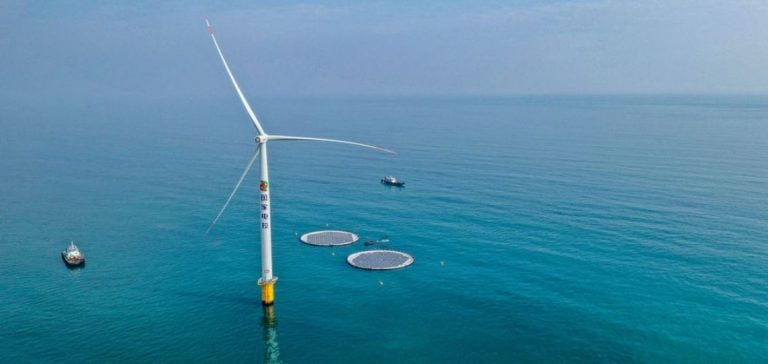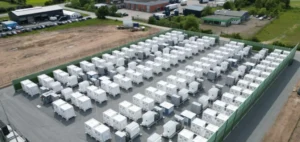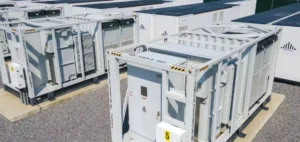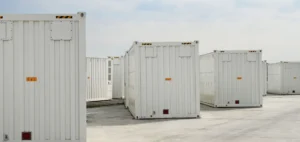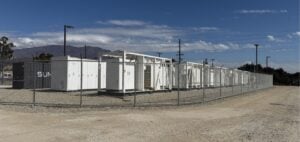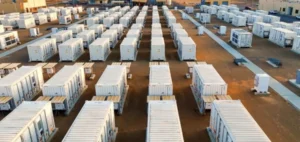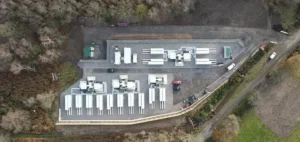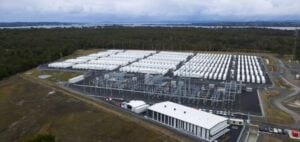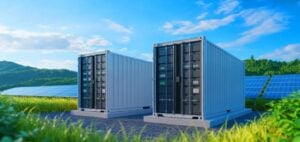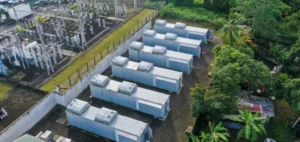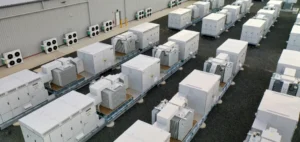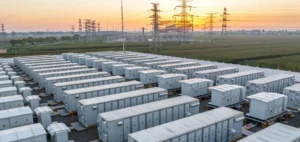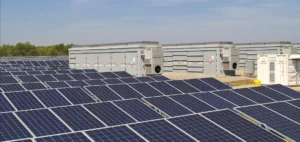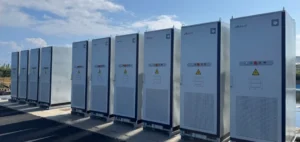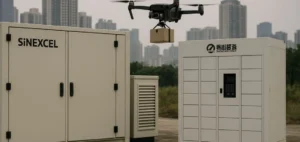China, the world leader in renewable capacity, is investing heavily in its electricity infrastructure to meet these needs.
Analysts report a 23% increase in investment in transmission networks between January and August 2024.
These investments are essential to avoid curtailment problems, i.e. production limitations that occur when the grid cannot absorb all the energy generated.
To deal with this situation, China is also developing storage capacities with solutions such as pumped hydroelectric storage, as well as advanced battery systems.
India, meanwhile, is finding it difficult to maintain the pace of its renewable capacity additions.
Although the country is making progress, transmission infrastructure is not always keeping pace.
What’s more, energy demand in India is growing at a steady 6% a year, putting further pressure on its networks.
The development of storage systems is also a key challenge to support this expansion.
India plans to develop 56 GW of storage capacity, divided between batteries (42 GW) and pumped hydro (14 GW), by 2030.
The role of storage in the energy transition
Energy storage plays a crucial role in the integration of renewable energies.
The ability to store surplus energy generated by wind and solar power, and redistribute it at times of low production, helps stabilize power grids.
In China, in addition to conventional storage solutions, the authorities are exploring innovative technologies such as flywheels and compressed air systems.
The aim is to ensure that electricity generated by renewable sources is not wasted, and that the grid can absorb these volumes smoothly.
In India, storage capacity is still in the development phase, but significant progress is being made.
The country has already launched several tenders for the construction of new storage facilities, totalling 13 GW, and plans to triple its battery storage capacity by 2030.
Nevertheless, analysts point out that India will need to increase its investment in transmission infrastructure to ensure that new renewable generation capacity can be properly integrated into the grid.
Outlook for the integration of renewable energies
The successful integration of renewable energies depends to a large extent on the adoption of favorable public policies and the implementation of support mechanisms.
The Chinese and Indian governments are taking steps to encourage investment in transmission and storage infrastructure.
In China, the use of dynamic tariffs for renewable energy, and the introduction of new market mechanisms, aim to maximize the use of clean energy sources and reduce dependence on fossil fuels.
In India, the government supports storage projects through tax incentives and subsidies, while working on structural reforms to improve the efficiency of the electricity market.
The challenges are many, particularly in terms of supply chain management and financing new projects.
However, the country’s commitment to triple its solar and wind power capacity by 2030 demonstrates its determination to play a key role in the global energy transition.
In conclusion, China’s and India’s success in integrating renewable energies will depend on their ability to strengthen and modernize their power grids.
Energy storage is becoming a central element of this strategy, helping to ensure grid stability while avoiding losses linked to production variations.
Both countries continue to make rapid progress in this direction, with increasing investment and innovative technological solutions.


